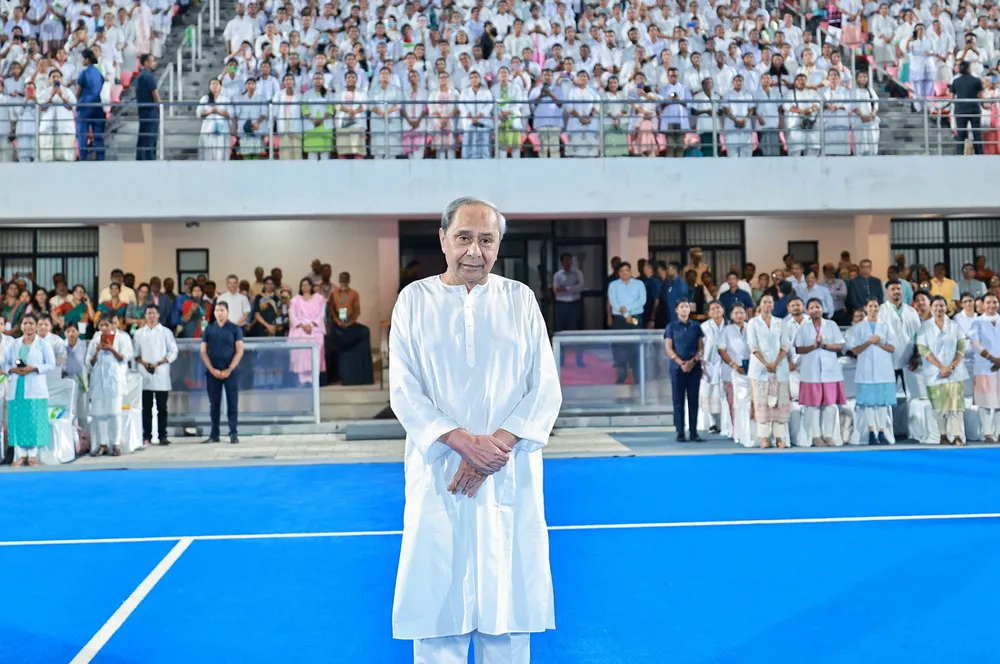Indian state approves more than $2bn investment into two new green hydrogen-based ammonia plants
Odisha has racked up proposals for around four million tonnes a year of NH3 production capacity

Odisha has racked up proposals for around four million tonnes a year of NH3 production capacity
